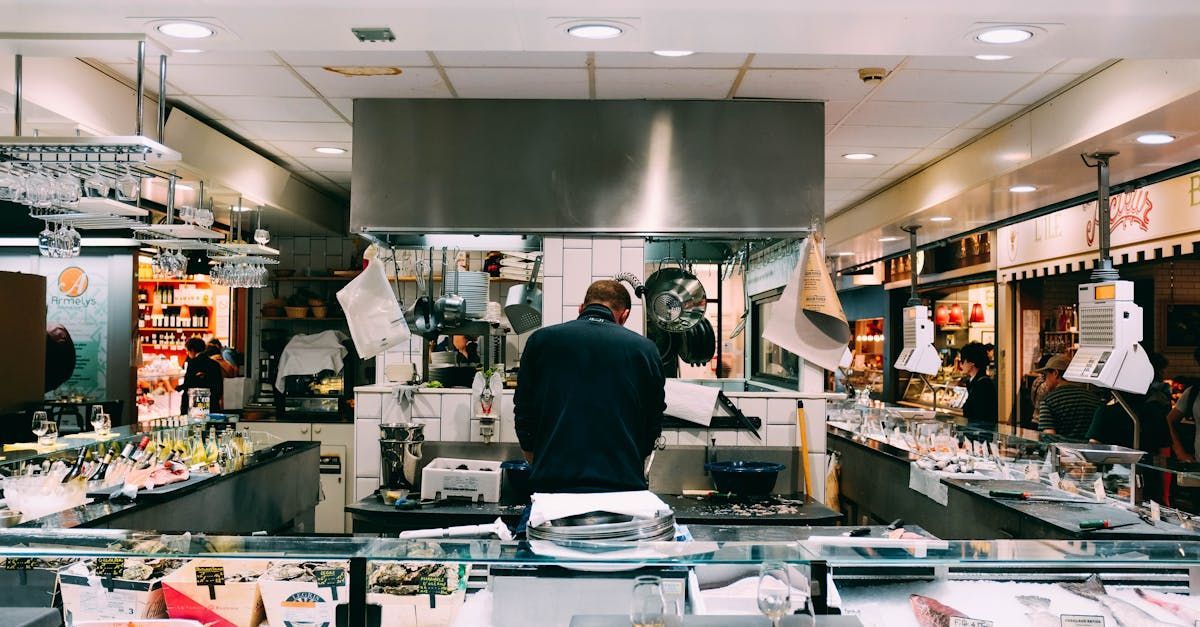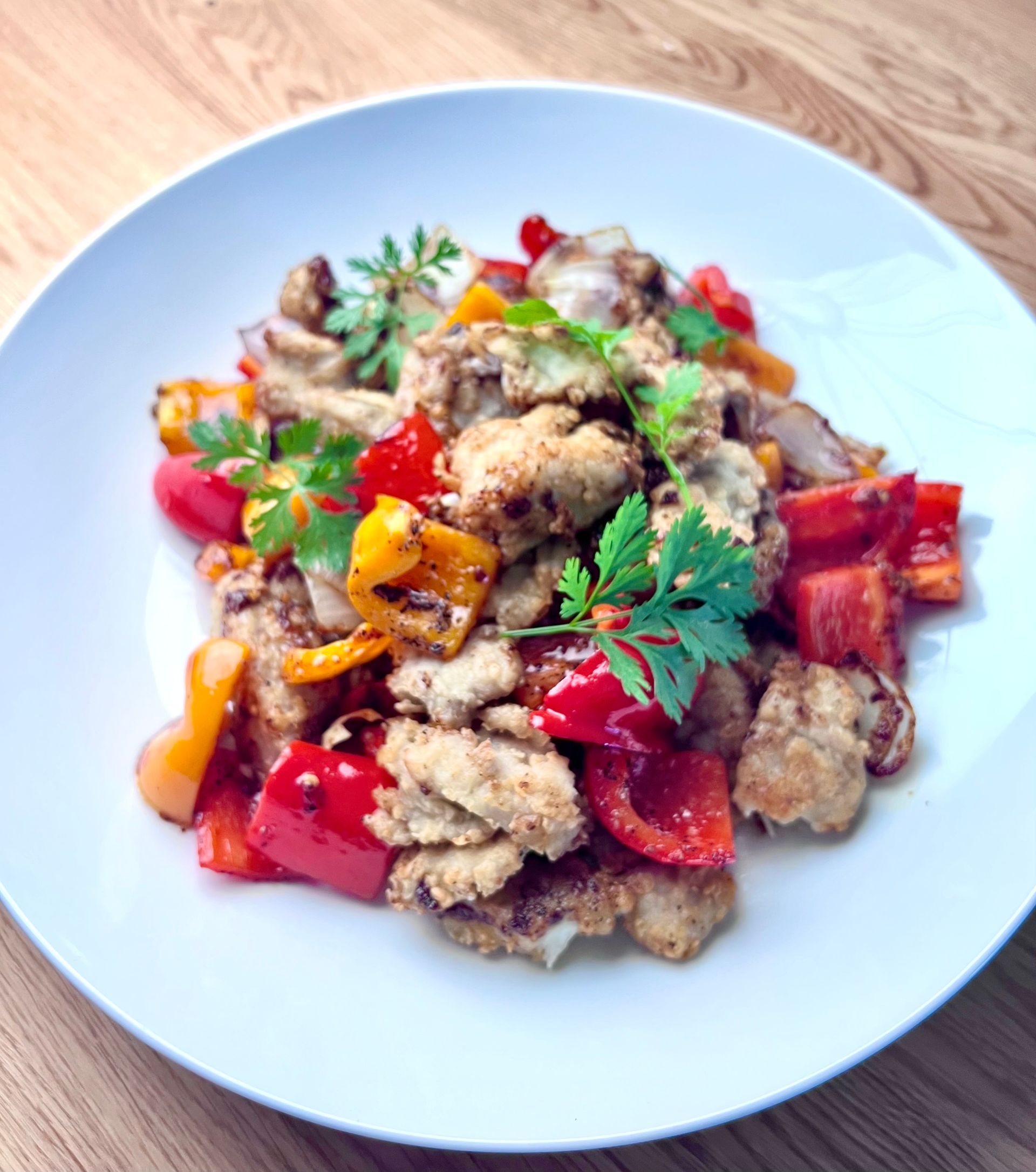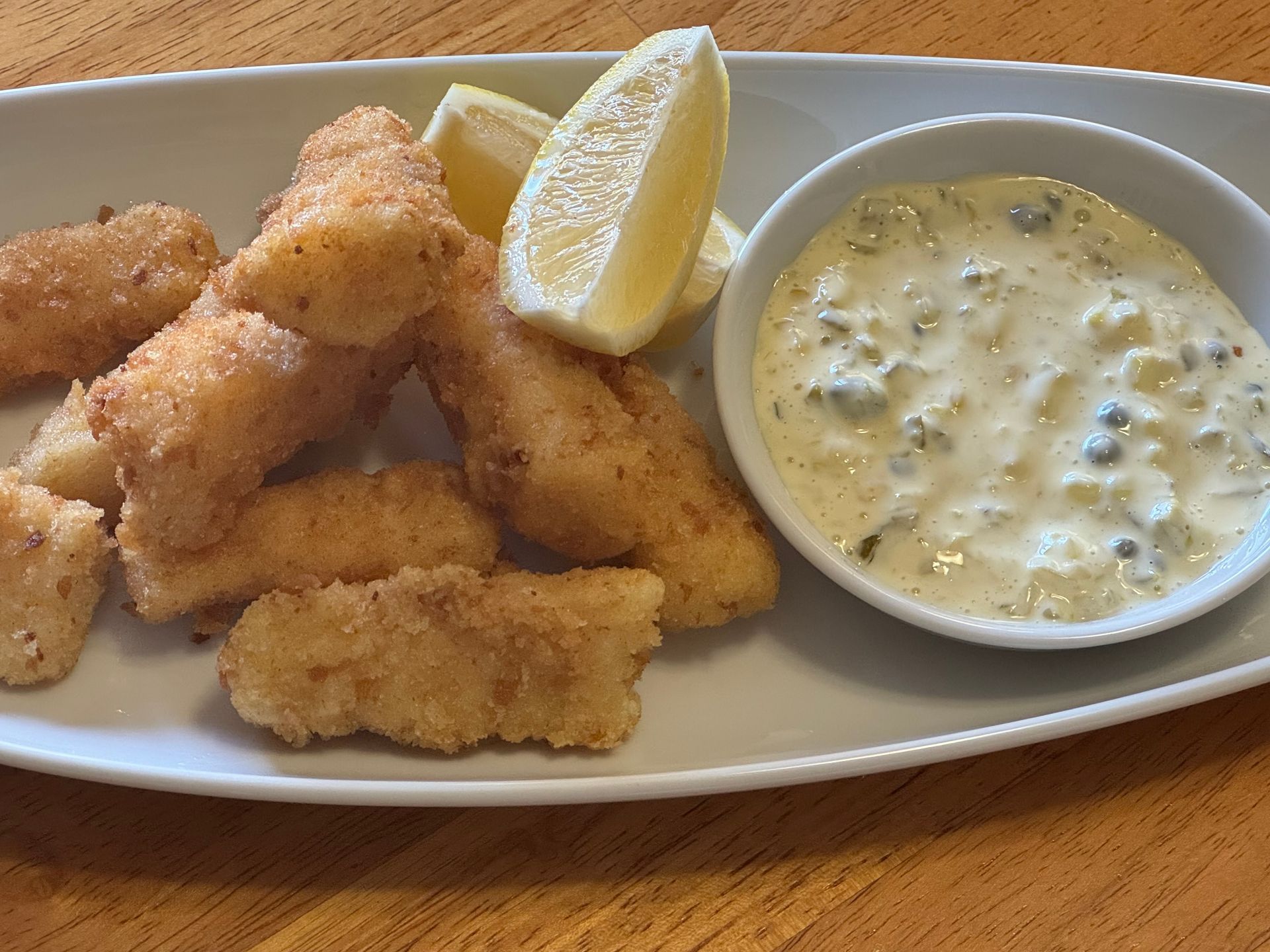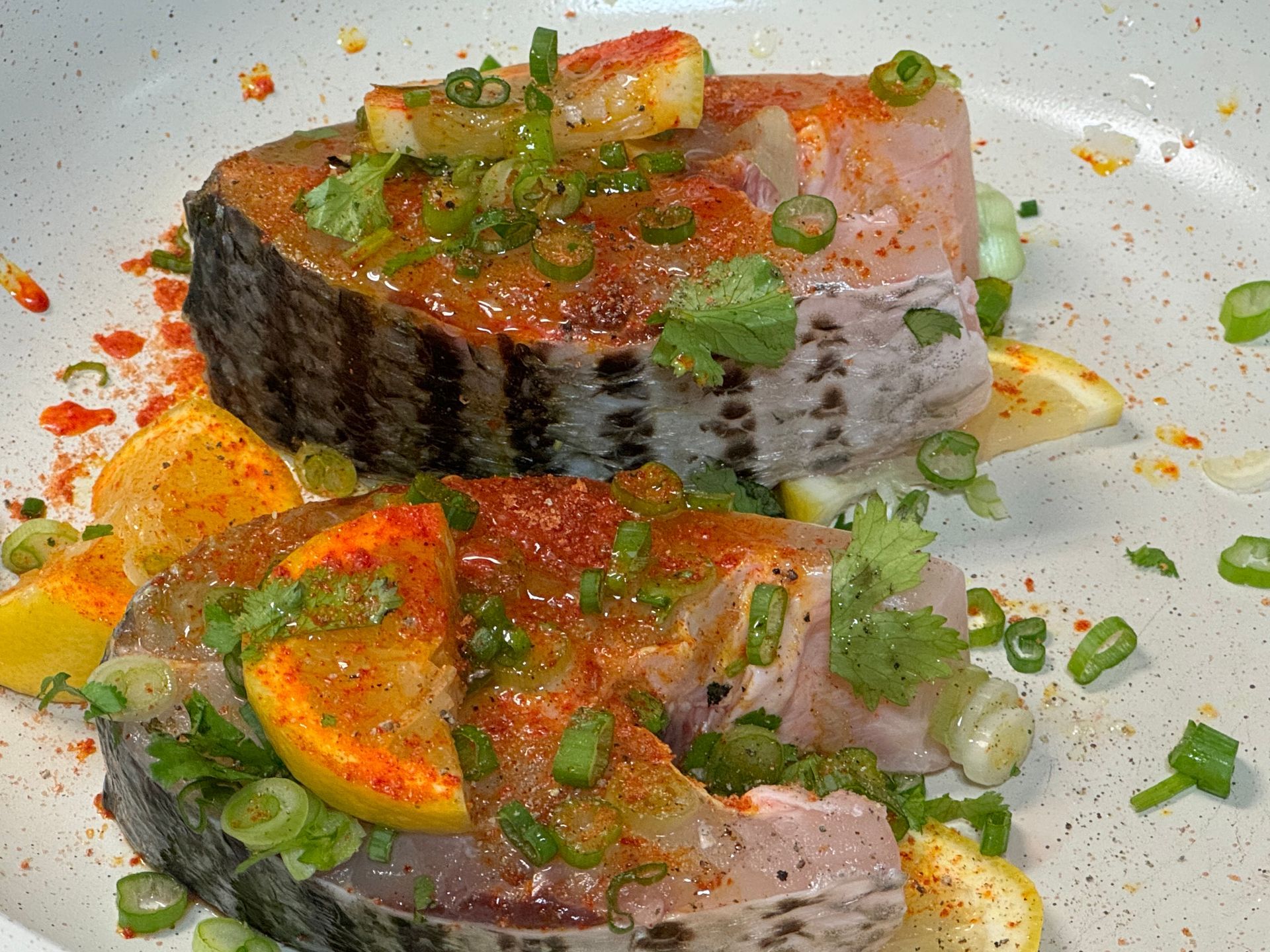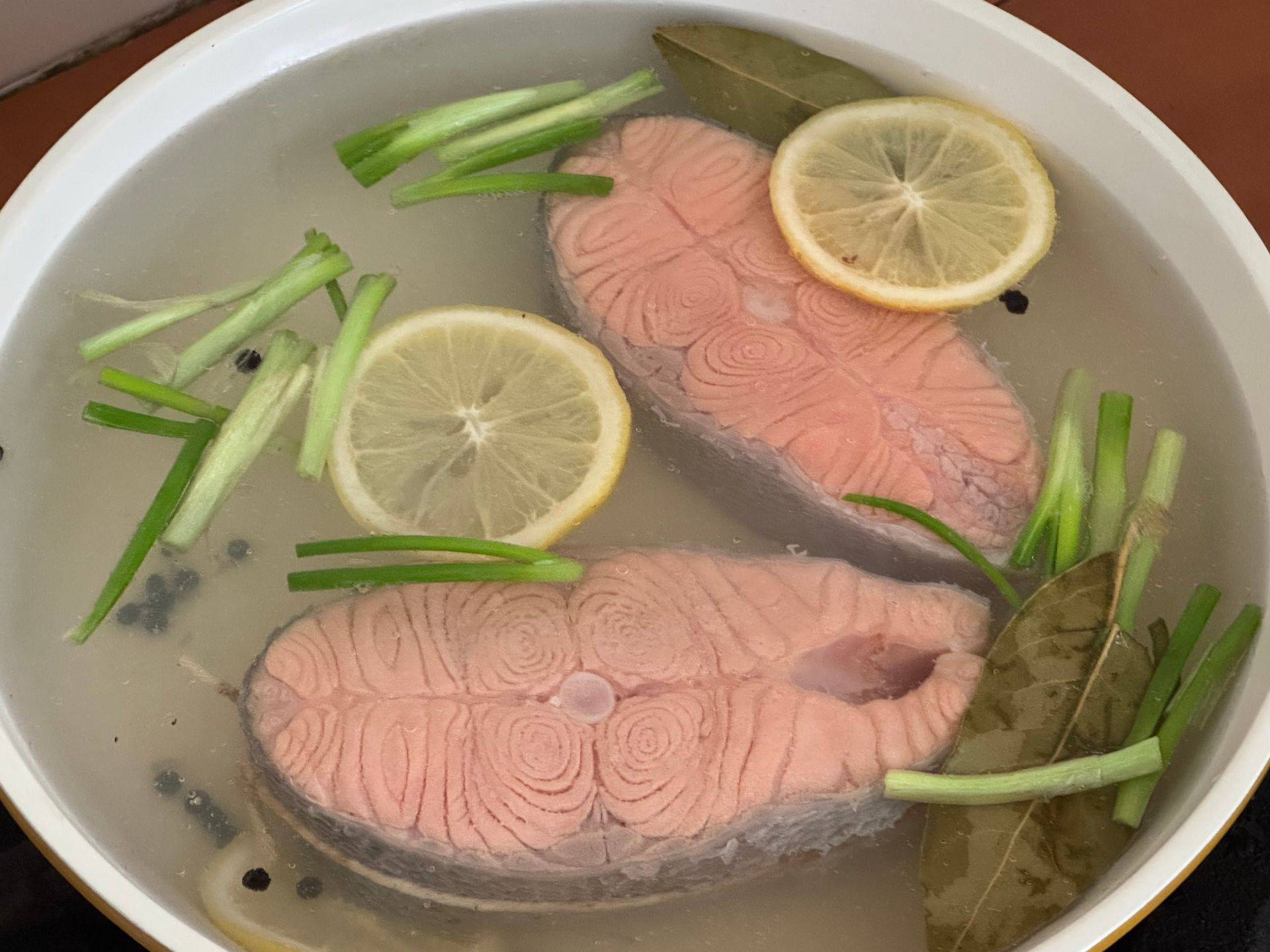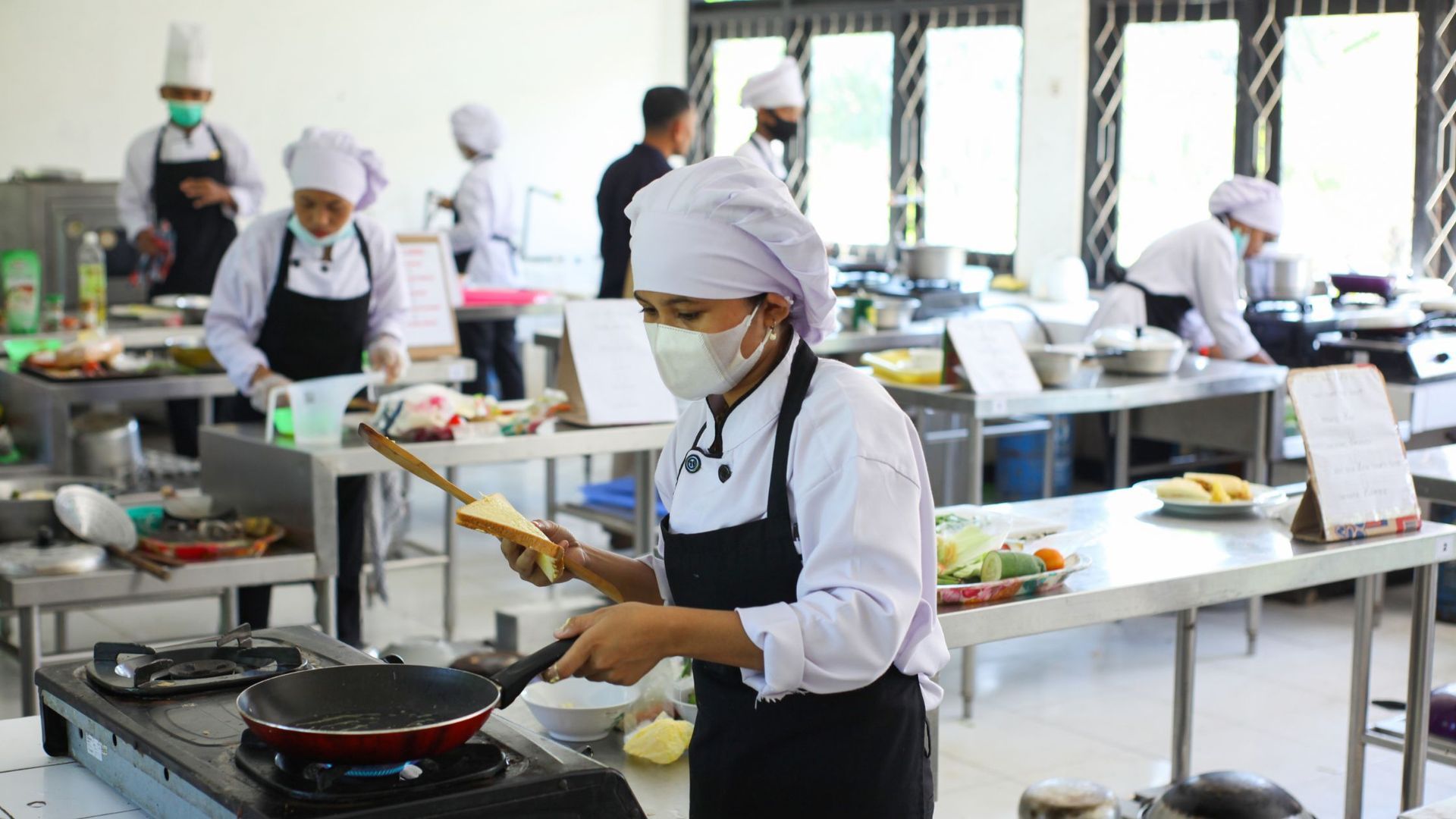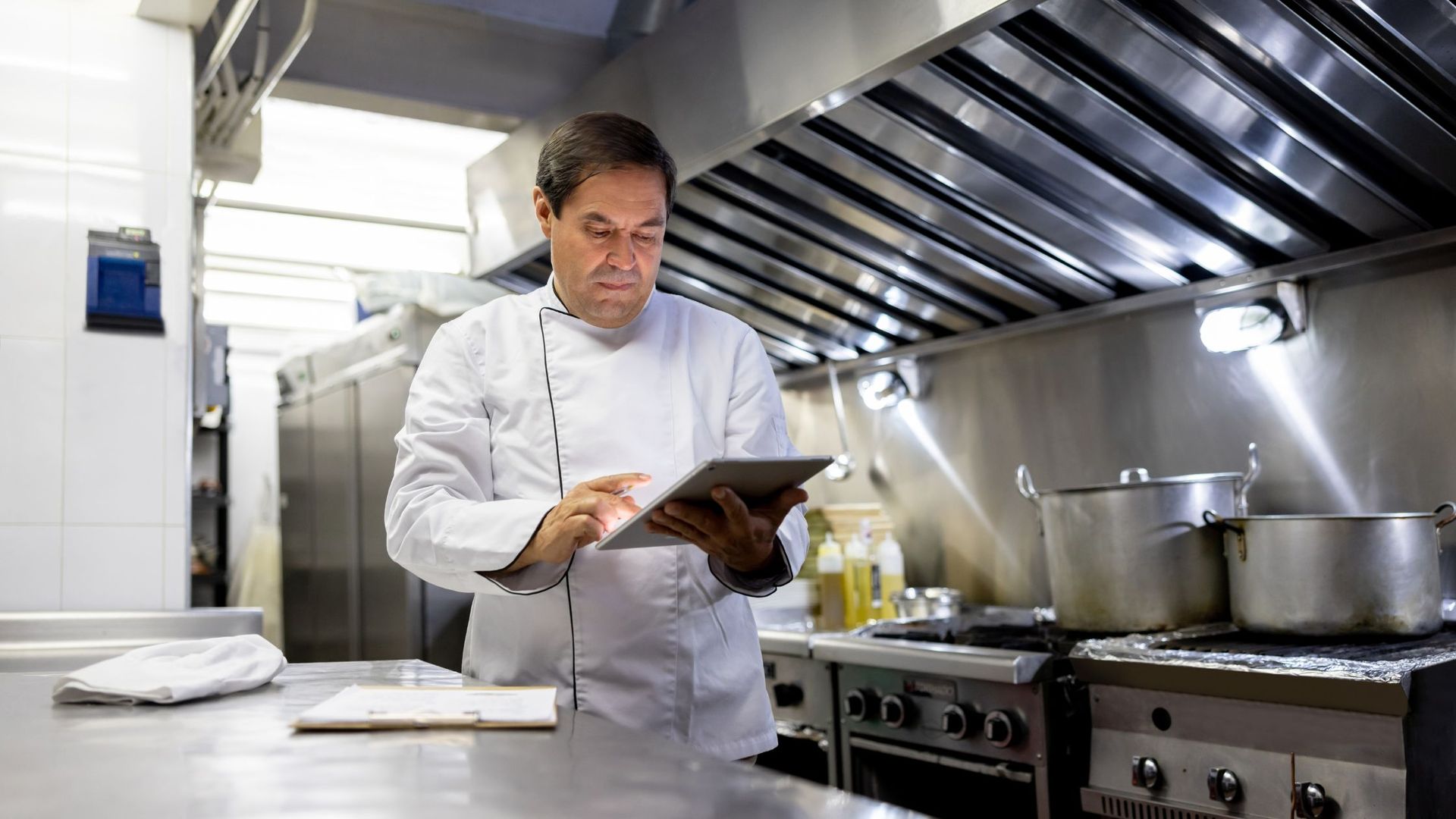Scaling Your Meal Delivery Business for Topline Growth

Scaling a meal delivery business for topline growth is an exciting yet complex process. Whether your goal is building for an exit or creating a brand with longevity, there are key steps you must take to build the right foundation. Strategic planning, operational refinement, building focused, collaborative team, a commitment to quality, improving profitability, and customer ratings. These come before scaling.
In this guide, we’ll explore the challenges and opportunities of scaling, key steps for success, and real-world examples to inspire your journey.
The Journey: Challenges and Opportunities
I’ve had the privilege of helping extremely large businesses like Freshly scale up to over one million meals per week to become an industry leader. I work with home meal deliver companies around the world to collaboratively add variety, improve customer satisfaction (ratings), source ingredients, and optimize operations.
I understand, firsthand how exciting—and overwhelming—it can be to grow your meal delivery business and improve customer satisfaction simultaneously. Whether you’re managing tight budgets, trying to perfect recipes, or navigating operational chaos, I can relate and I’m here to share what I’ve learned.
Why Accountability Is Non-Negotiable
In the early days of a business, it’s easy to get by on passion, hard work, and grit. But as you build scale, those same traits can lead to inefficiencies if they’re not paired with discipline. I saw this clearly in several of the home meal delivery companies I worked with. The R&D team was talented but unstructured, creating average recipes that were often challenging—and sometimes nearly impossible—for operations to scale effectively.
As you build scale, ensuring consistency across meals becomes a top priority. Variations in recipes, sourcing, ‘substitution’ ingredients or preparation methods can lead to quality issues that impact customer satisfaction and brand reputation. For example, adding strong spices such as a bay leaf at the bench is not simply multiplied by 1000 (adding 1000 bay leaves) in operations for a formula.
To solve this, I implemented disciplined systems that added clarity and accountability. For example, I collaborated to create a process where marketing, R&D, procurement, and operations met bi-monthly to align on new meal requests. Each department had to confirm they could meet the requirements before moving forward. This structure ensured that everyone was on the same page and avoided last-minute surprises.
I added the discipline of detailed, new meal requests with photos, desired ingredients, nutritional requests, costing so R&D and Operations could prepare prototypes much more quickly. These proactive disciplines save time and money and eliminate frustration and guesswork.
Properly integrating operations and assigning accountability are essential to meet increasing demand without sacrificing efficiency.
Building a Team That Matches Your Vision
Scaling isn’t just about systems—it’s also about people. You need the right people in the right seats. Sometimes this means hiring, sometimes it means shifting responsibilities.
When adding nutritional meals is a strategy you need to add nutritional expertise and recruit culinarians with a background in nutrition. When better collaboration with operations was needed, I have brought in people who understood both the R&D innovation kitchen and the Operations in the plant.
It is also extremely important to mentor the existing team and help them adapt to new expectations. At Freshly, when I made changes, initially, there was resistance. People didn’t like the perceived extra work, and some were skeptical of the changes I was making. But when their recipes started breaking records for customer ratings, everything changed. They felt pride in their work and ownership of their success.
To succeed, you need to get the right people in the right seats and then trust them to do their jobs. But trusting them to perform doesn’t mean ignoring them. You have to equip them to succeed with the right systems, support, clarity, and leadership.
There is an expression that I think is very important, “respect runs the kitchen.”
A high performing team is expected to question and debate but when the leader makes the decision, they all follow as a team. I learned this from a great leader who I reported to at the CIA.
For you, this might mean investing in the right hires, taking time to train your team on new processes, or cross training. It’s about creating a culture where everyone is aligned and working toward the same vision.
Operational Overload
Growth often strains existing systems. One of the biggest challenges meal delivery companies face is balancing innovation with operational efficiency. Your customers want variety.
Marketing teams constantly request new ingredients and recipes, while other functions such as Procurement, Quality and Operations may struggle to keep up and execution can suffer.
Try to leverage external experts as resources. Vendors and co-packers have expert knowledge of new global trends and can be very helpful with adding variety. There are also many pre-cooked components which may be superior to the ‘scratch’ cooking your business is doing.
For example, instead of creating bottleneck on certain equipment, such as steam kettles or ovens, consider purchasing proteins, sauces, condiments, etc. This approach allows expanding offerings without adding strain on the team or equipment. Let the experts do what they do best.
If you’re feeling stuck trying to balance creativity with scalability, look for opportunities to streamline your operations. Sometimes the answer isn’t doing more—it’s doing things differently.
Communication is Everything
When I speak with entrepreneurs in the food world, one common pain point they mention is silos—teams not communicating and projects falling apart at the last minute.
Tell me if this sounds familiar: the Product Development team requests a new recipe, but the R&D team doesn’t have enough details to execute it properly, Procurement struggles to source the ingredients, the Operation team struggles to produce the meal, the cost is too high, too many calories, etc. leading to delays and frustration.
The fix is to break down silos and get these groups talking to each other and trusting each other. Schedule regular check-ins with all departments to keep everyone aligned.
The other thing to remember here is communication bottom to top.
Remember to tap your team for inspiration and innovation. Most people working for a company feel a loyalty for that organization and want it to succeed They also want to play a role in that success. And great ideas can come from everywhere.
I make it a habit of asking people for ideas and input. This have two benefits. It provides you with an untapped source of innovative ideas and if gives them a sense that you are listening.
Build a Strong Brand
Your brand is the foundation of your business’s identity. As you scale, ensure that everything you do is aligned with your values consistently across all touchpoints.
As a food entrepreneur, your product is your passion. But scaling that passion into a business that serves thousands—or millions—requires focus and discipline or you will lose your way. One of the best pieces of advice I can offer is to double down on what makes your product unique.
For you, this might mean refining your recipes, exploring emerging food trends, or even tapping into a niche market. Whatever it is, keep your product’s uniqueness front and center as you grow.
A Final Word
Building scale is not just about increasing capacity—it’s about doing so thoughtfully, preserving what makes your brand special. From branding to operations, every decision should align with your overarching strategy.
If you’re ready to take the next step, TWG Consulting is here to guide you. My team and I understand the complexities of building scale for topline growth in a meal delivery business. We’ve done it before and we can help you do it now.
Book a free consultation and let’s talk about how.

